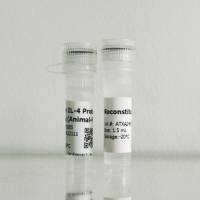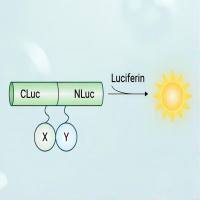99mTc-Annexin A5 Uptake and Imaging to Monitor Chemosensitivity
互联网
405
Most anticancer agents act by inducing apoptosis in sensitive tumor cells. Hence, in many types of cancers, significant increase of tumor apoptosis after chemotherapy correlates with tumor chemosensitivity. Theoretically, a reliable evaluation of apoptotic changes, postchemotherapy to baseline, may provide valuable insights into the apoptotic competence of cancers. Until now, assessment of chemosensitivity has usually relied upon histological evidence of tumor response (i.e., partial or complete disappearance of tumor cells) or demonstration of tumor shrinkage by means of morphological imaging (i.e., computed tomography or magnetic resonance imaging). In clinical practice, however, these conventional methods are proving ineffective for monitoring tumor chemosensitivity on a daily basis. Recent developments in molecular imaging have allowed the synthesis of a new radiolabeled agent, 99m Tc-recombinant human Annexin A5, designed to the assessment of apoptotic response of cancers after a single course of chemotherapy. Such in vivo technique opens promising perspectives for evaluating, noninvasively and early, tumor response to anticancer therapies. Alternative methods for Annexin A5 labeling and imaging may improve the detection of drug-induced apoptosis to monitor chemosensitivity.









